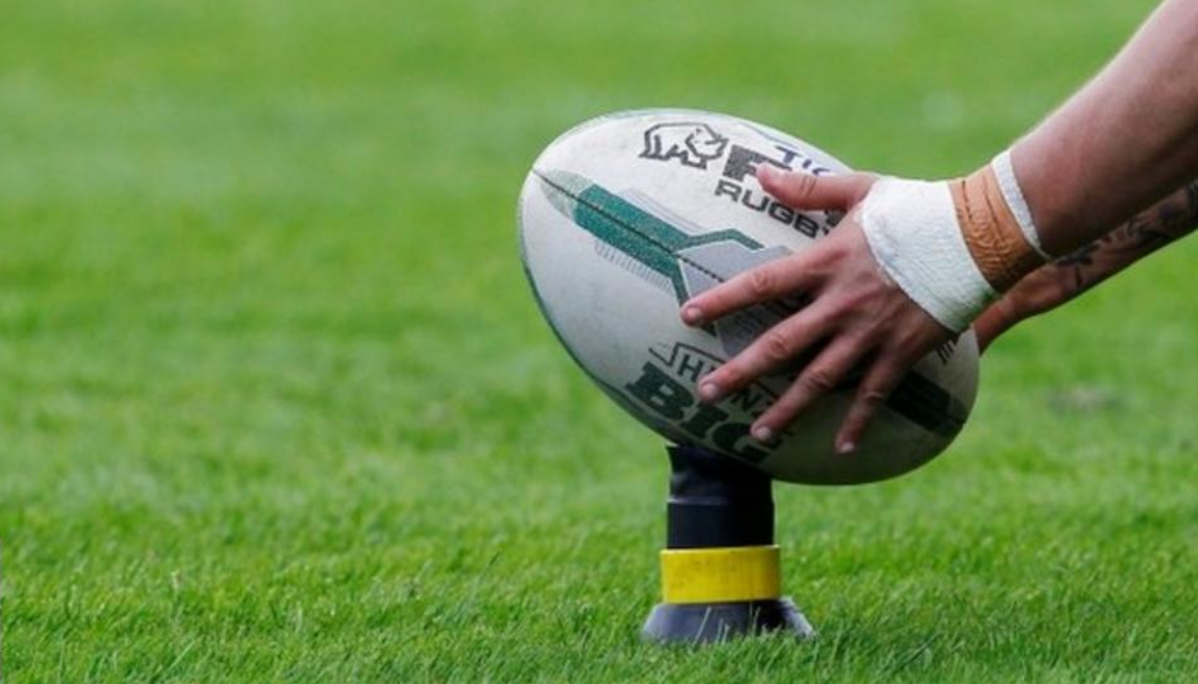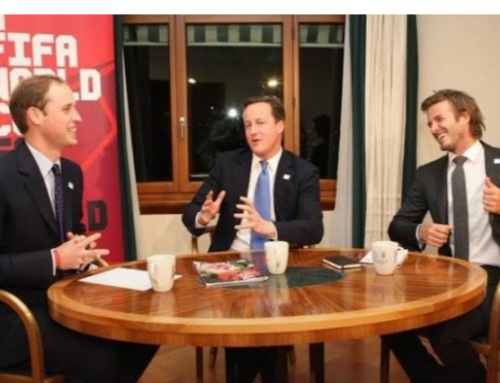
This week’s sports business headlines talk of international sports bodies taking a “hard line” with rules on transgender athletes participating in elite sport. This is a simplistic way to describe a series of decisions taken by International Sports Federations, and simplifies a complex and controversial issue.
A number of sports have published interim policies in recent days, and these are receiving widespread coverage, and, inevitably, attracting robust debate.
FINA, the International Swimming Federation, has published a policy, which states that anyone who has gone through male puberty can not take part in female competition, regardless of whether they have transitioned to become a woman. The Times reported on Monday 20th June that World Athletics and FIFA are considering following the FINA policy.
The International Rugby League Federation also published an interim policy this week. It said that the IRL “will seek to use the forthcoming #RugbyLeagueWorld Cup2021 to consult and help to develop a comprehensive inclusion policy. Until further research is completed to enable the IRL to implement a formal transgender inclusion policy, male-to-female (transwomen) players are unable to play in sanctioned women’s international rugby league matches.”
This is clearly an interim policy to allow further research and consultation to take place, and to further consider the developing legal, scientific and welfare issues.
As the Chair of a sports governing body in the UK, I am keen to ensure that our sport is not required to take decisions on such sensitive and complex issues in isolation. The International Olympic Committee has encouraged federations to have their own policies, but in my view, some degree of coordination is required. There can not emerge a patchwork of contradictory rules across sports. Although each sport is different, many sports share similar issues. For example, the contact and collision team sports could cooperate to ensure consistency in their policies as similar questions arise. Guidance will come from the various International Federations, but there will need to be national coordination too.
The question has been raised as to how sports that have open and progressive inclusion policies can simultaneously have policies that restrict elite participation for trans athletes?
In Rugby League, we have a “Tackle It ” Plan, overseen by an Inclusion Board which reports directly to the full Board of the RFL. The aims of the Tackle It Plan are to widen the reach and impact of Rugby League; to diversify Rugby League’s Talent Pool and Workforce; to improve the culture of Rugby League and clarify processes, instil confidence in – and encourage – the reporting of discrimination,
and ensure appropriate sanctions are in place. It is focussed on participation, on player pathways, on fans, volunteers and coaches. Our Board has undertaken training on Inclusion and many of our Clubs have visibly embraced Inclusion. Keighley Cougars will be hosting their annual Pride fixture on July 3rd, and I am very much looking forward to going.

Whilst equality and inclusion is at the heart of the values of our sport and all of the others, the rules at elite level are inevitably different. The legal, scientific, welfare and integrity issues are developing more slowly than trans athletes would like. This is creating some high profile cases where individual athletes appear to embody the issue in their sports and on whom the media focusses. Athletes such as Lia Thomas in swimming and Emily Bridges in cycling have been the focus of media attention. Clearly, the welfare issues for those athletes are exacerbated and this is unfair.
The issues are complex. The law, science and welfare is developing all the time. Sports want to get this right and to have the right policies at elite level.
But, for many sports, interim rules are all they can have for now, which appear to be restrictive, whilst further research, analysis and consultation takes place.
So, whilst the media talks of bans, the issue is much more complex, is developing and is crying out for a coordinated and comprehensive outcome.



